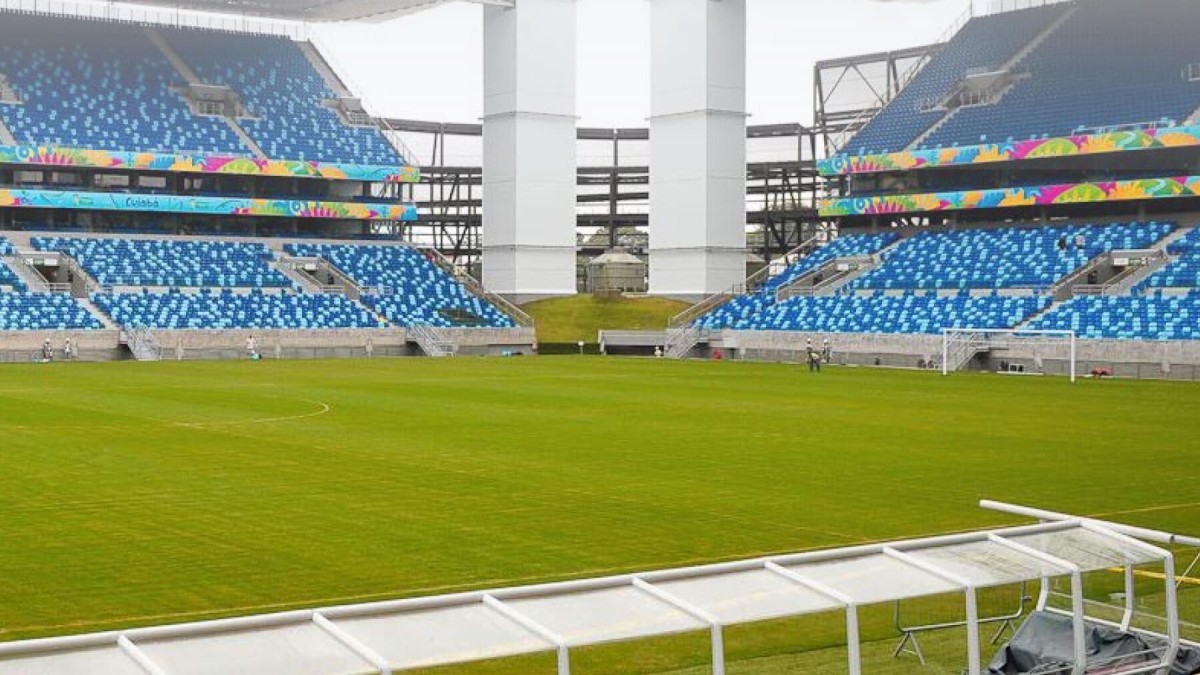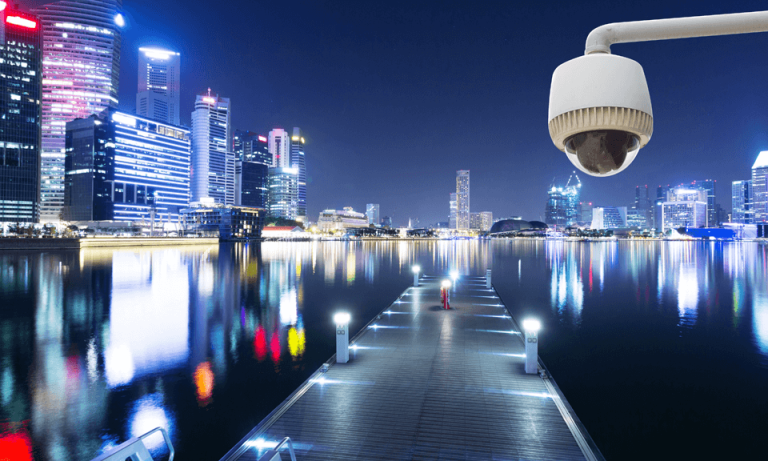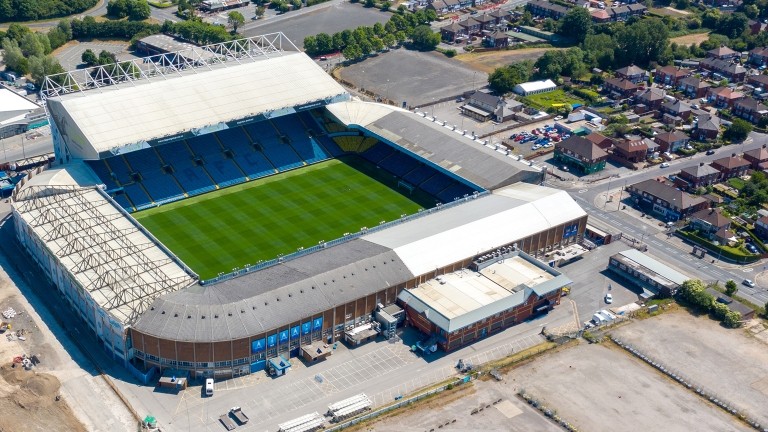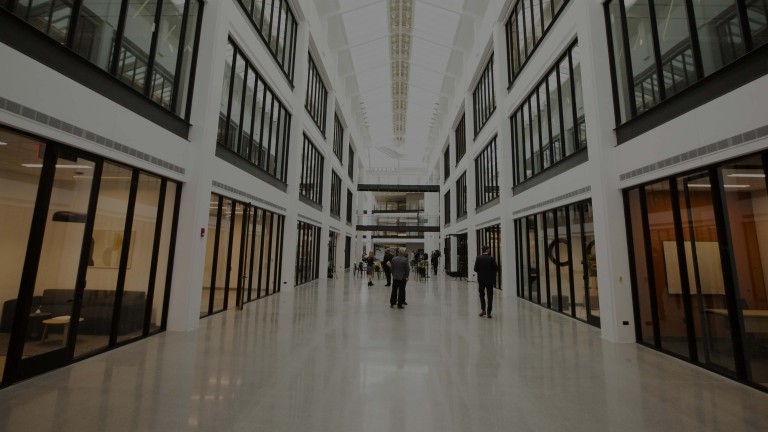
FIFA World Cup Kicks Off In Style, In Smart Stadium
Arena Pantanal football stadium in Brazil selects an Allied Telesis network to kick-off the 2014 FIFA World Cup competition.
The Arena Pantanal in Brazil, which opened in April 2, 2014, is a multi-purpose stadium that was designed to host major events such as sports competitions, concerts, and agricultural fairs. Its inaugural events were four games in the first phase of the Fédération Internationale de Football Association (FIFA) World Cup of 2014.
The Arena Pantanal was designed to hold between 20,000 and 43,000 people, depending on the configuration, with parking for 15,000 cars. The covered stands for the spectators are divided into levels, and there are also specific areas for corporate/VIP hospitality guests, as well as more than 100 press rooms. Stadium access is granted through 14 gates and 72 electronic turnstiles, each equipped with ticket readers. The stadium was also designed with ventilation as a priority because the summer temperatures in Cuiabá are often around 40°C.
A World-Class Network was Needed
The Arena was designed to be a modern, “smart stadium”, and had to meet the world-class standards of the customer—the Mato Grosso Special Secretariat (SECOPA). The customer required the Arena Pantanal to have a network infrastructure that was capable of supporting all telephony systems (IP and PABX), security CCTV (IP cameras), Internet access, digital signage, and access control (RFID readers, cards, and turnstiles) within the stadium; as well as provide additional functionality, such as sound systems. Because of the initial events that would be held there, the Arena was required to comply with all of the FIFA rules.
The international importance of the events that were to take place in the Arena Pantanal required high availability of all services, as even minimal downtime during any match would not be acceptable. During the 2014 FIFA World Cup competition, the stadium hosted soccer matches that included teams from Australia, South Korea, Chile, Japan, Bosnia, Herzegovina, Nigeria, and Colombia—so the eyes of the world would also be on the performance of the stadium itself.
Successful collaboration with partners was important. Allied Telesis commenced a partnership with Panasonic in 2013 on the IT network solution design and engineering and has collaborated throughout the project to ensure the successful integration of all parts of the system. It was also important for both partners to work successfully with GCP Architects of São Paulo, who created the original award-winning design of the stadium.
The partnership between Panasonic and Allied Telesis is founded on the Companies’ wealth of experience in this field. Allied Telesis solutions are of high quality and capable of successfully handling large volumes of multimedia traffic; Panasonic contributes with paramount solutions for surveillance and voice solutions.
Vice President,
Panasonic Do Brasil Ltda
A Partnership Between Allied Telesis and Panasonic
The robust and resilient Allied Telesis network is designed to ensure the full functioning of the stadium at all times, connecting all equipment and controls. Initially, the partnership between Allied Telesis and Panasonic focused on the IP Surveillance solutions and IP PBX system. With the solid reputation of Allied Telesis for the design and supply of high-quality solutions that are able to successfully manage large volumes of multimedia traffic, and the Company’s vast experience in this field, the partnership continued to develop. Engineers from Allied Telesis were chosen by Panasonic to collaborate and contribute to the design and planning of firewall specifications, server settings, and dimensions of the network set up for the entire arena.
World-Class Capabilities
The landscape of the completed project is comprised of two data centers, one located on each side of the stadium, and each capable of supporting the entire network’s local traffic—even during the highest periods of demand. These data centers are linked to more than twenty operations rooms throughout the stadium, from where all operations may be integrated and controlled.
Why Allied Telesis?
The synergy of the partnership between Allied Telesis and Panasonic also included benefits for the Arena’s ICT team after the final project delivery, and when the infrastructure was in operation during the World Cup. These benefits included training the teams responsible for the installation, project management consulting, and remote and on-site support for the installed structure; with the aim of ensuring that knowledge and skills are transferred to those who will operate the stadium after the delivery.





